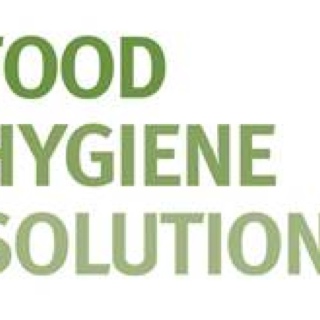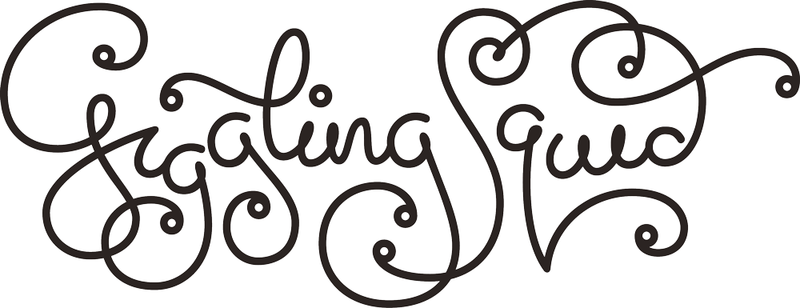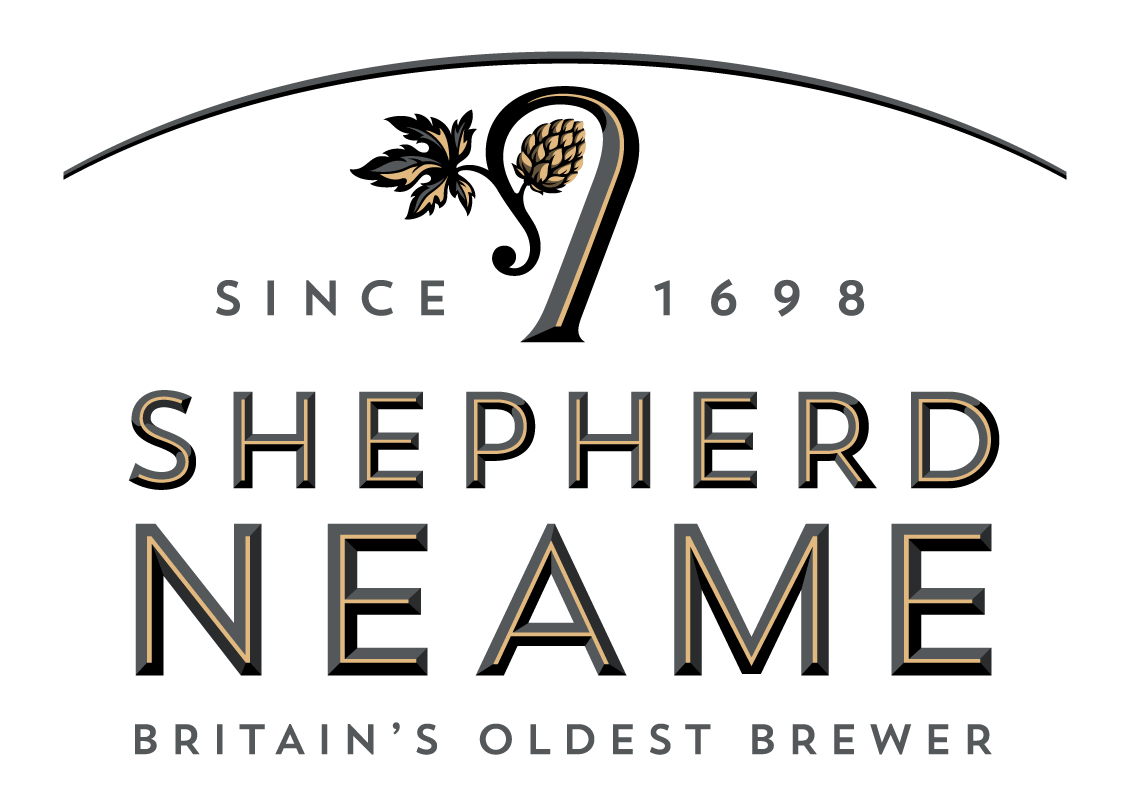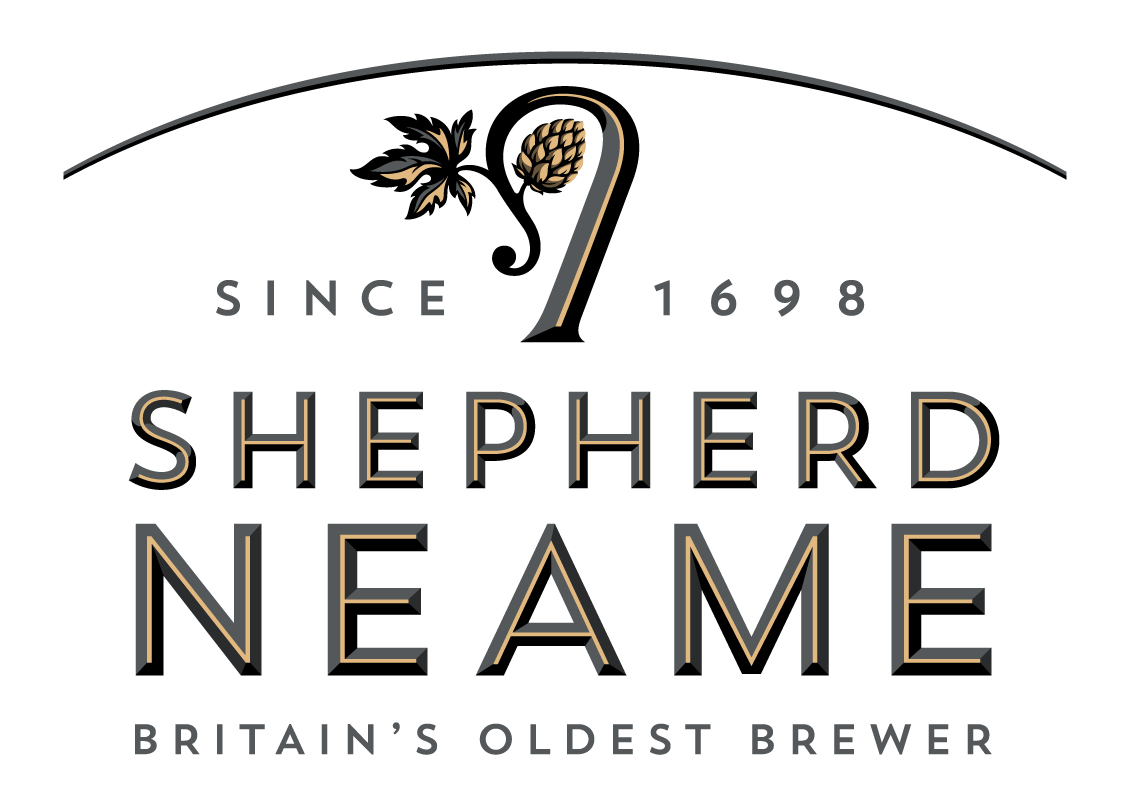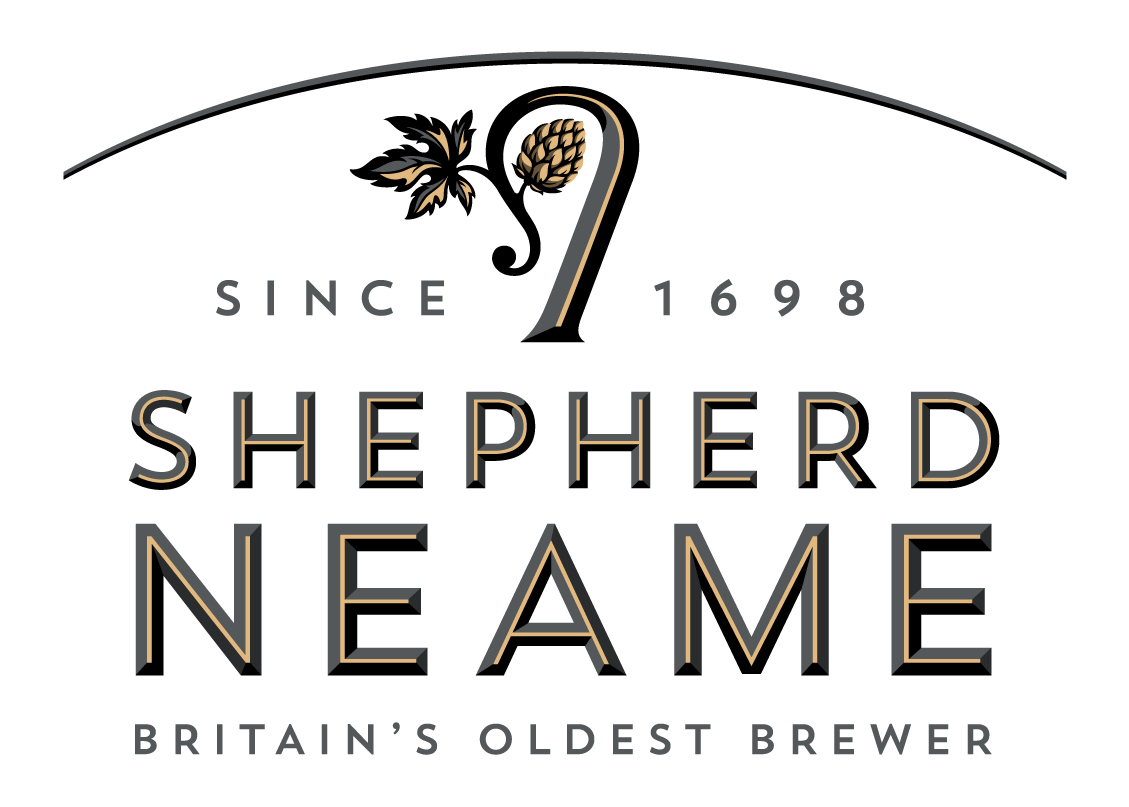Information
-
Document No.
-
Client / Site
-
Conducted on
-
Prepared by
Persons Present
-
Owner, manager, head chef & other significant persons present
-
Address including post code
-
Contact Tel:
-
Contact email:
Food Safety Management Procedures
-
Is there a documented HACCP on site? Provide date produced and the date of the last review.
-
Is there a food safety policy document available and signed by an appropriate person? Provide date signed.
-
Customer complaint records available with suitable investigation?
-
Have reviews and where appropriate changes been made to the HACCP plan or procedures following food poisoning allegation or other significant complaint?
Allergens
-
Recipe cards showing allergens have been created for all menu items?<br>Note: Only required for main production kitchens.
-
Allergen information is stored in positions accessible by all who need it? Record where & frequency of review.
-
The route to the allergen information is signposted to customers either on the menu or by appropriate signage? Record how.
-
Front of house and kitchen staff are trained in the allergen policies and have sufficient knowledge of the Allergen Policy & procedures when questioned?
-
All staff allergen training is recorded in their personal training records?
Stages in Food Preparation Process
Delivery
-
There is an up-to-date approved supplier list available?
-
Only supplies purchased from approved supplier list are used except in exceptional circumstances which are recorded?
-
The delivery area is organised and clean.
-
Are staff aware to check the condition of the vehicle and appearance of the drivers?<br>Delivery personnel do not enter high risk food handling areas?
-
Chilled food delivered @ +8 deg C or colder? Stored promptly.
-
Frozen food delivered @ -12 deg C or colder? Stored promptly.
-
Deliveries are not accepted with insufficient shelf life or evidence of damage / contamination.
Dry Good Storage
-
Dry Store room or dry store area in a clean & tidy condition? Consideration must also be given to environmental factors i.e. temperature.
-
No out of date dried goods identified and strict stock rotation is being observed i.e. FIFO?
-
All food is correctly labelled including decanted items/products?
-
Food is stored on suitable racking off the floor and away from chemicals? All food must be suitably contained and covered.
Refrigerated / Freezer Storage
-
The refrigerators are clean and well maintained?
-
Temperature test medium is available in all refrigerators & used e.g. Properly labelled jelly pots indicating not to be eaten?
-
High risk chilled food stored @ or below 8 deg C
-
The freezers are clean and well maintained?
-
Frozen food storage @ -18 deg C or colder
-
Cold food on display kept below +8 deg C or 4 hour rule applied?
-
A probe thermometer is used to check fridge & freezer temperatures? All probe thermometers are clean, calibrated & in working order - spare probes required?
-
Food is not past manufacturers or in-house use by date?
-
Raw food is above and or away from ready to eat items?
-
Food is not past manufacturers or in-house best before date?
-
All food is suitably date labelled - Maximum of 3 days shelf life (day of production + 2) on all high risk foods & 3 months for in-house frozen items?
-
Glassware, cardboard and wooden items are not used or suitably controlled.
-
No evidence of defrosted food being refrozen.
FOOD PREPARATION
Sanitisation
-
Adequate supplies of sanitiser available & used - check dosage concentration and contact time knowledge.
-
Utensils and surfaces sanitised after use with raw food? Two stage method understood and applied?
-
Probe wipes available, within date and used correctly.
-
Preparation takes place in a clean area with consideration given to bacterial, physical, chemical & allergenic contamination?
Initial Food Preparation
-
There is a separate sink used solely for washing food or suitable controls in place?
-
Raw food not prepared near cooked food with consideration given to ready to eat salad garnish? Correct use of colour coded equipment if implemented?
-
Disposable paper towel and not reusable cloths are used to wipe down food surfaces?
-
Frozen food defrosted under refrigerated conditions?
-
High risk foods kept out of refrigerated conditions as short as possible during preparation?
-
If a vacuum packing machine is used is it only used for raw or only used for ready to eat foods and correctly labelled? Consider the use of all complex equipment.
Cooking and reheating
-
All cooking equipment and utensils are clean?<br>Consider ovens, stoves, grills, fryers & microwaves.
-
All high risk food is cooked and / or reheated to 75C or 70C for two minutes?
-
Food cooking and reheating temperatures are checked with calibrated probe thermometer?
-
Cooling of food takes place in a clean cool are? Suitable cooling methods used?<br>Comment if a clean blast chiller is used and in good working condition.
-
Hot food on display or kept hot is maintained at a temperature greater than 63 deg C or a two hour rule is applied?
Daily Records
-
Opening Checks completed?
-
Food deliveries (chilled & frozen) recorded?
-
Ambient deliveries are recorded?
-
All refrigerators checked and recorded twice per day?
-
All freezers checked and recorded twice per day?
-
High risk hot food core temperatures?
-
High risk reheating core temperatures?
-
Cooling time/temperatures. Blast chiller records if applicable. Cooled food is placed in a refrigerator or freezer when it reaches room temperature i.e. no greater than 25 deg C no longer than 90 minutes from the end of cooking?
-
Cold food display / salad service units (if applicable)?
-
High risk hot food temperatures either in food displays or in the kitchen i.e. Bain Maries?
-
Cleaning schedule monitored daily & checks recorded?
-
Visitor section completed if applicable.
-
Maintenance issues or potentially hazardous incidents recorded?
-
Closing checks?
-
Records kept for 6 months?
Food Service
-
All food service equipment is clean, undamaged & used correctly?
-
Adequate protection for display avoiding contamination?
-
Glass breakage procedures understood & operated?
Personal Hygiene Standards
-
Finger nails are short, unpolished & clean?
-
Good personal hygiene practices being followed (seen @ time of inspection)?
-
Clean protective over-clothing worn?
-
Only approved jewellery worn?
-
Long hair properly tied back, including waiting staff and suitable head covering worn by food handlers? Beard snoods to be worn by food handlers if necessary?
-
Catering managers and staff are fully aware of procedures to follow in the event of illness?
Hand Washing
-
Do staff wash their hands correctly at appropriate times?
-
Are wash hand basins correctly positioned, clean and used solely for the purpose of hand washing?
-
Are wash basins correctly facilitated? Hot & Cold water, liquid soap and paper towels?
-
If gloves are worn are correct hand washing procedures followed and gloves changed at appropriate times. N/A if gloves are not used.
First Aid
-
First aid kit properly equipped? No medications, drugs of ointments etc? Suitable supply of blue plasters? Check expiry dates & opened sterile dressings.
-
First aid kit is easily accessible?
-
A qualified first aider is on site? Staff aware of procedure?
Pest Control
-
There is a Pest control contract in operation? Record the name of contractor and frequency of visits
-
Pest control records show locations of all baits on a plan and COSHH data sheets?
-
Pest control contractors recommendations have been implemented?
-
Suitable preventive measures in place for controlling pests & vermin, including clean areas externally, adequate proofing, sound structures, etc?
-
Fly screens are clean and in good condition? In-screened doors and windows are kept closed?
-
Electric fly killers are suitably located and clean?
-
No active infestation observed? If records are used to complete this section state date of visit/complaint.
Food Hygiene training
-
All food handlers issued and trained in good hygiene guidance (level one) or Food Safety in-house equivalent?
-
Food handling staff who have been employed for 3 months of more trained to level 2 in food safety?
-
Managers and head chefs fully trained to Level 3 in supervising good safety?
-
Details of training is recorded on individual training sheets?
-
Photocopies of certificates, etc available & held on file?
Cleaning Standards
-
Suitable supply of hot water?
-
Is the structure clean? Include external areas.
-
High level areas (who is responsible?)
-
Is equipment clean? Do not include items above consider ice machines, inside dishwashers, shelving etc.
-
There is a dishwasher operating at an adequate temperature with detergent supply or satisfactory manual washing methods used?
-
Cleaning schedule is adequate, implemented and reflects the general standard of cleanliness i.e. tasks have been signed off as completed when the task has been undertaken.
-
Deep clean contract in place i.e. for cleaning extractor ducting, and kitchen? Are records available?
-
Approved chemicals used and stored correctly?
-
Cleaning equipment is suitable, clean and in good condition?
-
Overall effectiveness of cleaning is good?
Waste Management
-
General waste removed by an authorised waste disposal company
-
External waste area is clean?
-
All waste receptacles are clean and in good condition? Internal and external. (internal / external/ foot operated)
Maintenance
-
All structure smooth, cleanable and in good condition?
-
All equipment in good condition?
-
Adequate lighting & ventilation?
-
System for actioning urgent defects in place? Check redundant equipment or structural defects have been considered and rectified within acceptable timescales?
-
Defect reporting system in place?
Sanitary Provision and staff changing
-
Provision of adequate facilities for staff to change? Clean & well decorated?
-
There is secure storage for staff possessions? Personal items stored correctly?
Record here any significant food safety issues not recorded previously
-
Other food safety issues:
Record here any health & safety issues
-
Health & safety issues:
